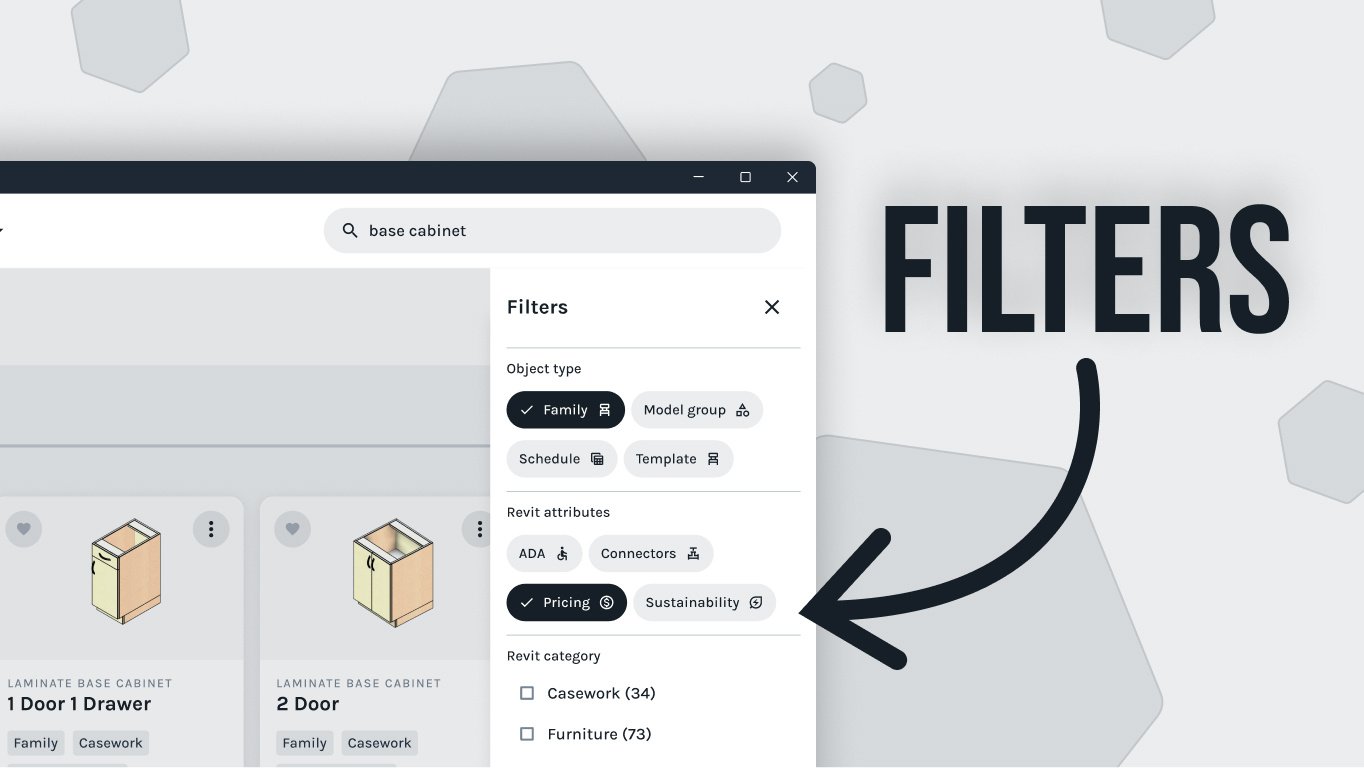How did we get here?
Making buildings is complicated. There is no doubt about it. Every year, talk increases about how the construction industry is falling behind. The main problem with construction is that it is fractured. Everyone involved is a specialist and uses specialized software. This is why developers have focused on collaboration for the last decade. There are so many moving parts it is hard to keep track of what is what. It's easy to see why simplifying things would be necessary.
Reductive Thinking
The forums are littered with questions about reducing file size. This creates a tendency to think of our projects like laboratories. We need to maintain a clean workspace. Anything that increases the file size of our project contaminates our beautiful experiment. Revit tends to bring out the purist in us. It's not surprising that a reductive way of thinking started taking over how we make families. Revit is object-oriented — A wall is a wall, a floor is a floor, and so on. Objects need to work in a specific way so that we can collaborate across trades. This isn't the wild wild west like AutoCAD. Yes, there are still workarounds. Yes, there are still loopholes. But in general, Revit rewards you for not faking things.

The Smoking Gun
Building product manufacturers deserve some of the blame. The pressure was mounting for manufacturers to make their content in Revit. A 2012 report from McGraw Hill Construction illustrates this pressure. Lack of BIM content from manufacturers was cited as one of the largest problems for Revit users. Most firms did not have the resources to make large quantities of families on their own. After relentless pressure for content, manufacturers finally gave us what we wanted.
Or did they?
Manufacturers took the path of least resistance. First, they exported their manufacturing model to DWG. Then, they imported the DWG straight into a Revit family. Every bolt and screw is showing. 500 new line types have inadvertently been added to your project. The family isn't parametric and it contains no usable data. This is how the "over-modeled" family was born. We learned an important lesson. Trying to get manufacturers to adopt BIM with very little recourse to show ROI was going to be a tall order. This isn't something that you can do half-heartedly. You have to dive in headfirst. Remember how fun it was to convert AutoCAD users to Revit?
The overcorrection
Like an inexperienced motorist who hits a patch of ice, this led to a hard overcorrection. We call this the box dystopia. Instead of using the manufacturing model, BPMs outsourced their content creation. The creators made families with the smallest amount of detail possible. Because the families were outsourced, BPMs did not update or maintain any of their models.


